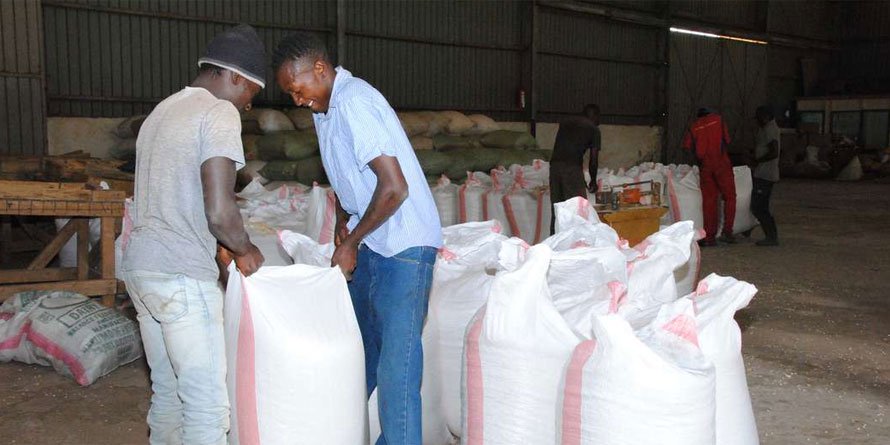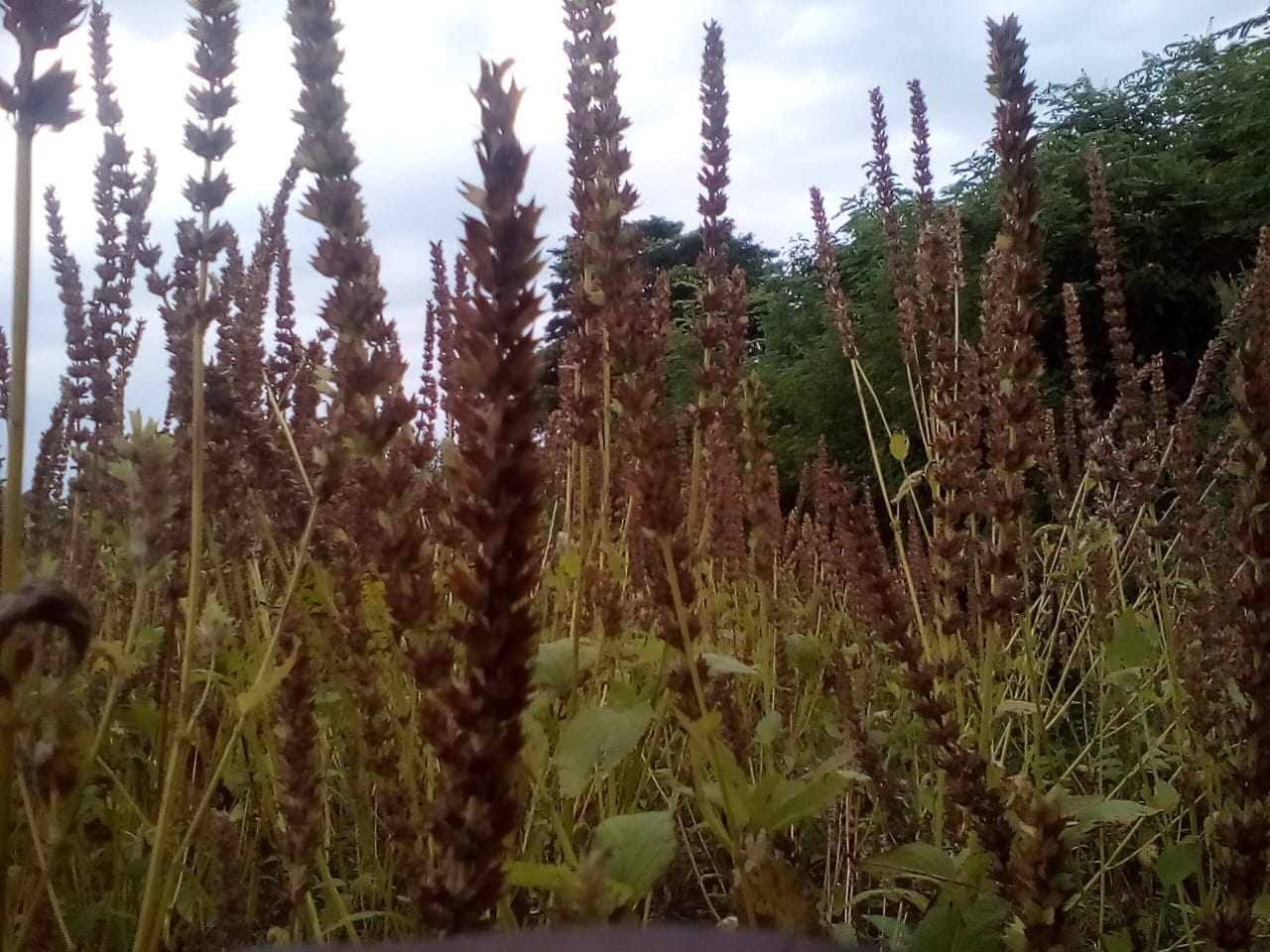Horticulture farmers can now sell their produce to Twiga Foods, a company that provides a supply chain for a variety of products such as cabbages, oranges, pawpaw, tomatoes, onions, carrots, passion fruits and carrots among other fresh produce crops.
The company has so far linked 8,370 farmers to markets in a move aimed at bridging gaps in food and market security through an organized platform for an efficient, fair, transparent and formal marketplace that includes farming advice.
In 2017, Kenyan farmers lost 1.9m tonnes of food worth Sh150bn as they struggled to find markets according to the Kenya National Bureau of Statistics.
To supply the produce a farmer has to sign up on join Twiga online by visiting https://twiga.ke/. Twiga then visits and assesses the farmer’s farm then adds him/her onto the system. The company then issues a purchase order to book the produce and indicates the date of harvest.
Once the produce is ready, Twiga harvests and weighs the farmer’s produce and issues the seller with a receipt. Farmers receive payment within 24 hours.
Related content
Young broccoli farmer banks on new South Korea market
The price of each product depends on the existing market prices which may vary from time to time determined by the law of demand and supply.
In the North Rift region, Twiga has farmer collection centers in Baringo (Equator, Mogotio), Uasin Gishu (Burnt Forest, Timboroa).
In the South Rift region, there are collection centers in Bomet County (Longisa, Silibwet), Narok (Olkurto, Wafoo, Ole Tipis, Maera) Kisii and Nyamira.
The Central highlands have Molo (Turi, Molo, Muchorwe), Laikipia (Rumuruti), Nakuru (Subukia, Ndonduri), Nyandarua (Njabini and Engineer).
In the Eastern region Twiga Foods has farmer collection centers in Makueni (Masina, Nziu, Sultan Hamud), Kitui and Machakos.
In Embu there are Kivwe, Kathageri and Kiritiri, Tharaka Nithi (Itugururu and Kiangondu)
Taveta: Kajiado (Ilasit, Kimana), Taveta (Timbila, Mkuyuni, El-Doro)
Meru: Meru (Githongo, Mitunguu, Mujwa, Egoji, Maua, Mikinduri, Timau), Isiolo (Maili Nane)
Kirinyaga: Kirinyaga (Baricho, Kagio, Kutus), Muranga (Kihumbuini, Maragwa)
Of the total food wasted last year due to inadequate markets, maize, Kenya’s staple food was the most affected with the country losing Sh29.6bn worth of the crop yet it imported another bunch worth Sh42bn.
Green bananas were the second most affected crop as farmers lost Sh24bn worth of the produce.
Other produce that went to waste due to poor storage and handling, transport, and fungi attack, according to data contained in the 2018 Economic Survey released in April, includes Irish potatoes (Sh19.7bn), milk (Sh12.4bn), beans (Sh11.5bn), ripe yellow bananas (Sh5.6bn),
Write comment (0 Comments)





 Chia seeds packed in sacks. There is need for more farmers to grow the crop sparked by rise in demand in both local and international markets. Photo courtesy.
Chia seeds packed in sacks. There is need for more farmers to grow the crop sparked by rise in demand in both local and international markets. Photo courtesy.











